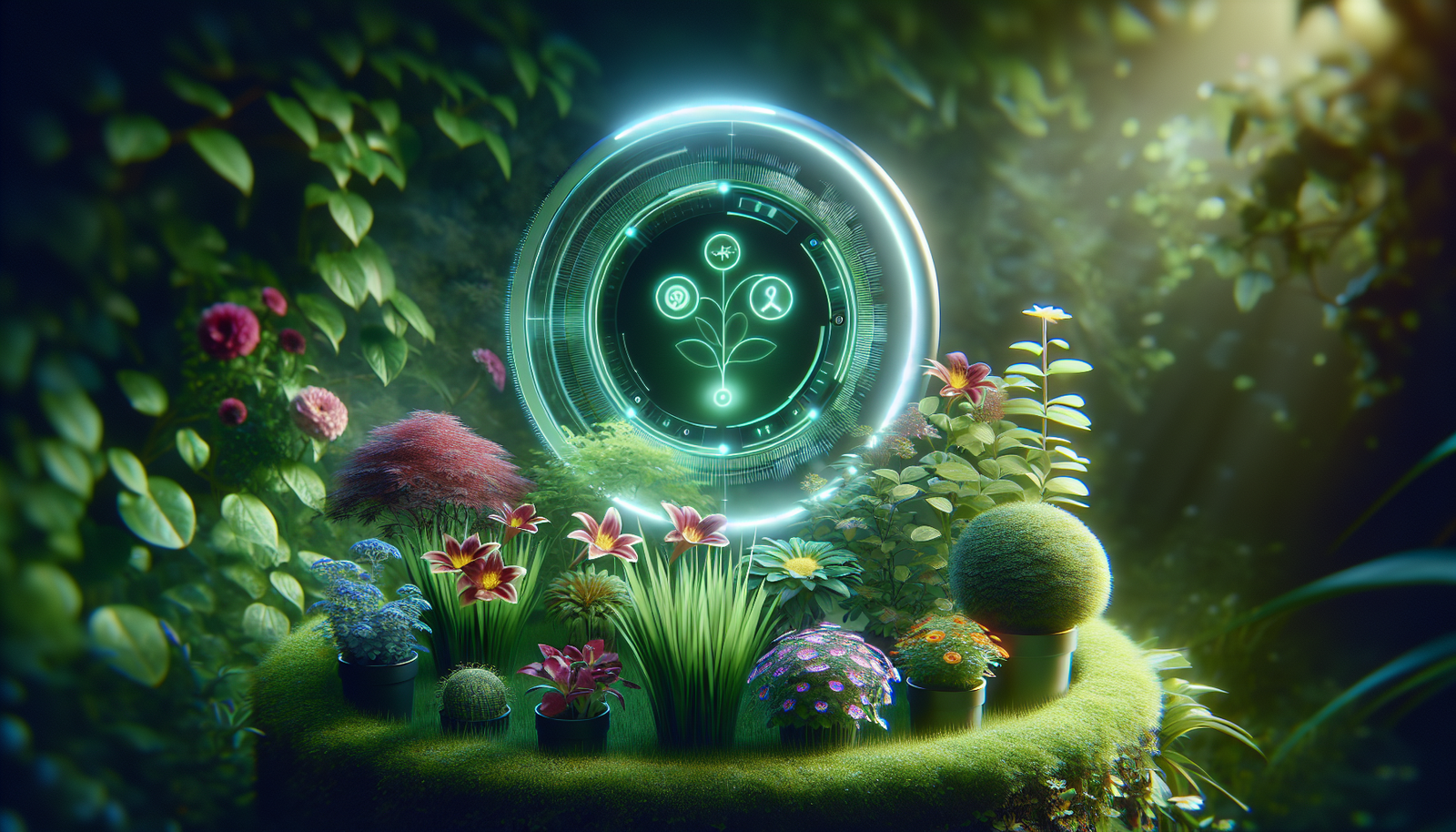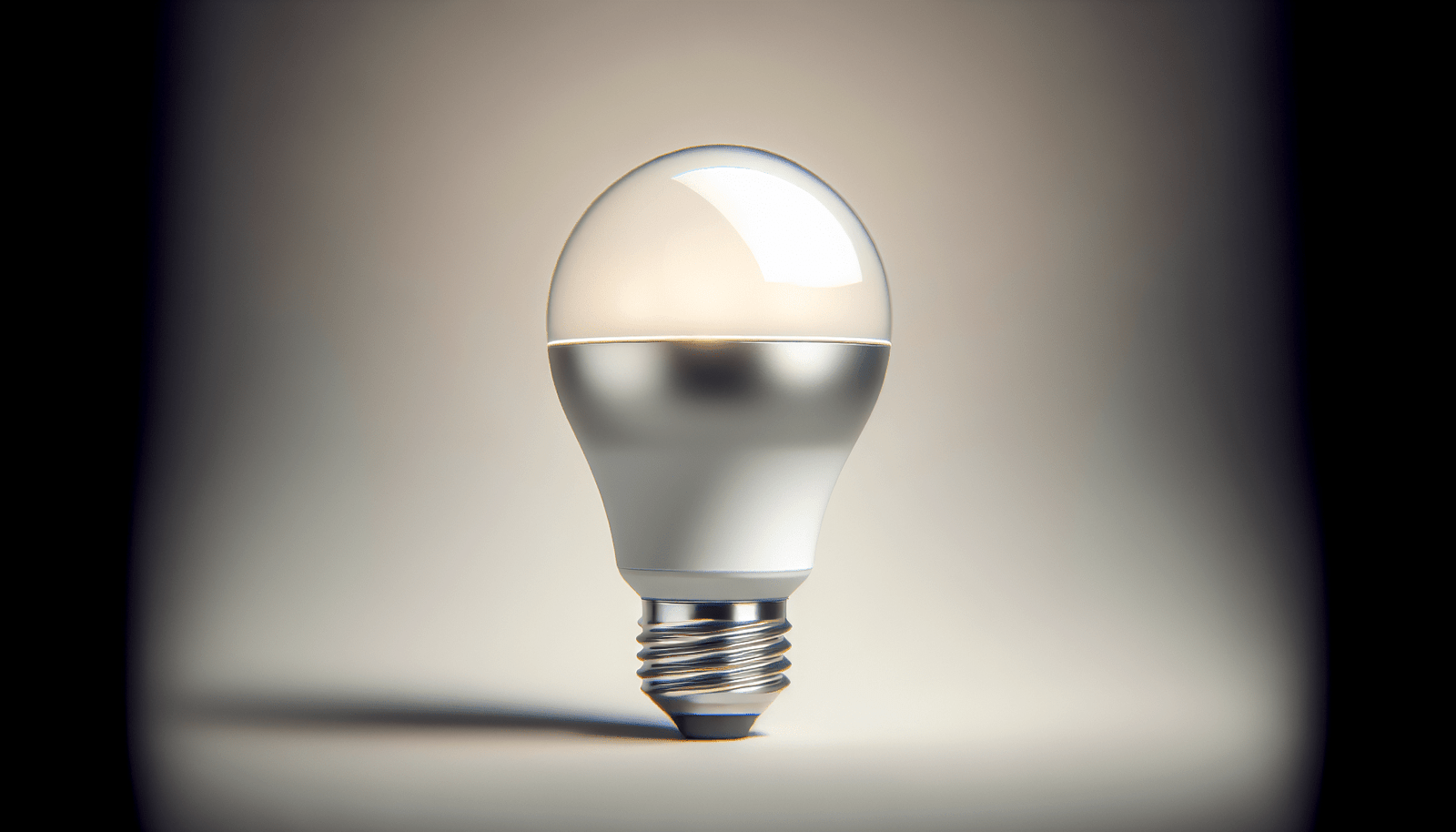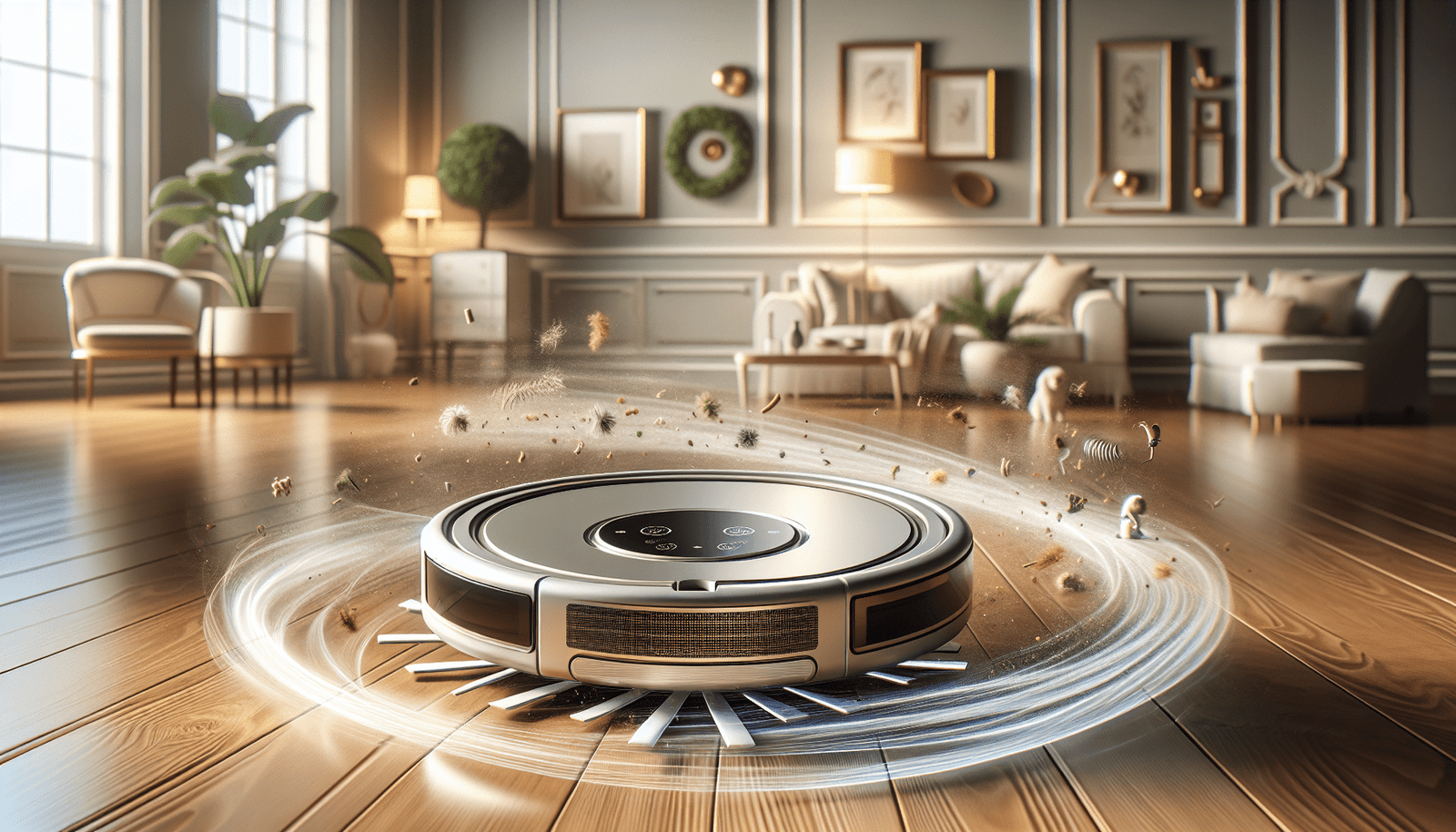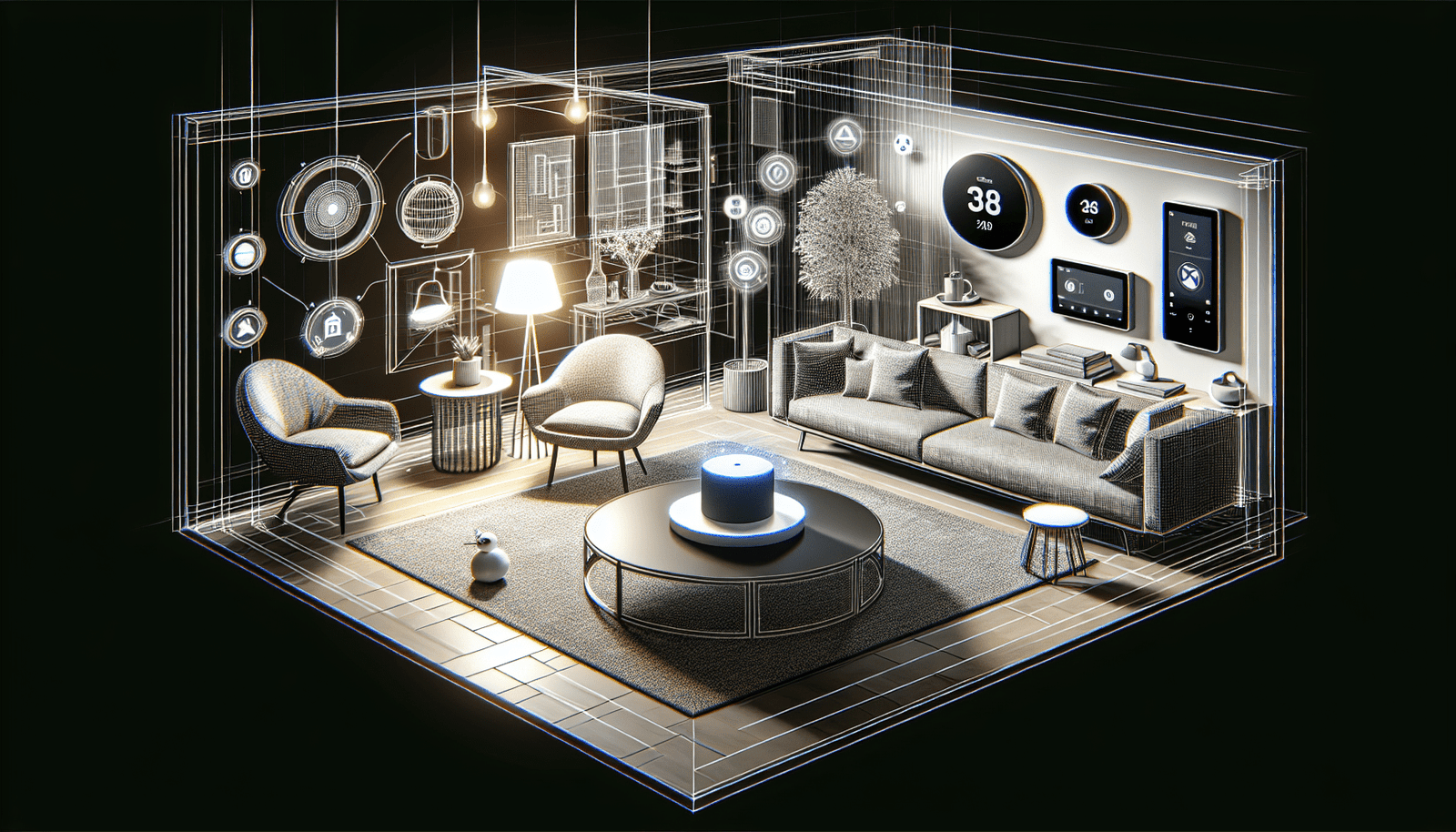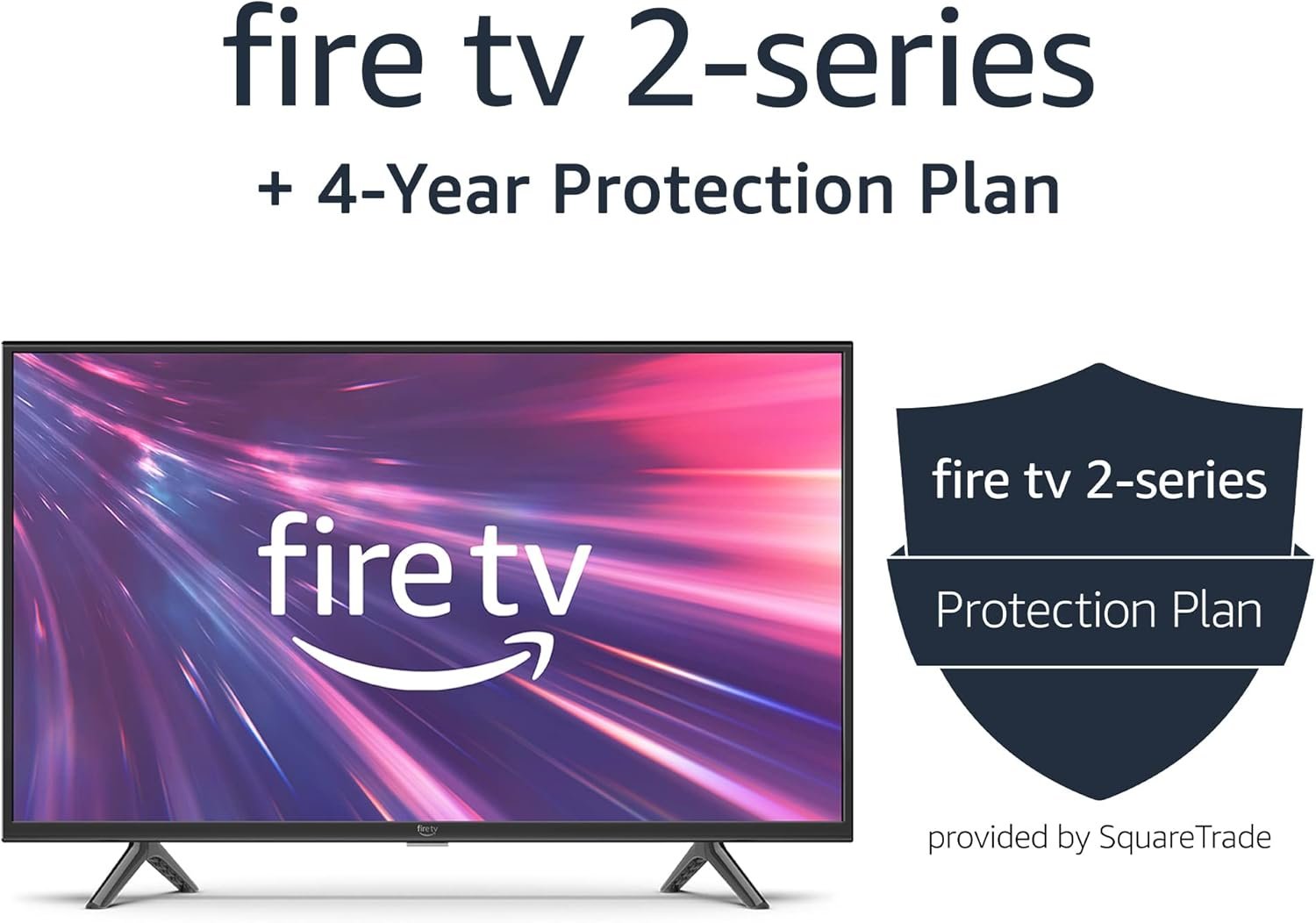Is it time to bring your garden into the future with smart technology? Embracing smart home gardening can transform your little piece of green paradise into an efficient, thriving ecosystem. Imagine watering your plants without getting off the couch or adjusting your garden lights from miles away—how convenient would that be?
What is Smart Home Gardening?
Smart home gardening integrates advanced technology into your garden to enhance growth, maintenance, and monitoring, creating a garden that can almost take care of itself. This concept involves using smart devices like automated sprinklers, sensors, and apps that allow you to control and monitor your garden from anywhere, ensuring your plants get the best care possible.
How Smart Technology Transforms Gardening
Smart gardening utilizes technologies such as the Internet of Things (IoT), WiFi, sensors, and cloud-based platforms to create a connected network of devices. These tools communicate with one another to streamline tasks like watering, lighting, and monitoring plant health, allowing you to create an environment where each plant thrives.
The benefits are numerous. Smart home gardening saves you time by automating routine tasks, ensures precision, thereby reducing water and energy use, and provides insights into your garden’s health. It’s like having a personal gardener that works around the clock!
Cost and Value Considerations
Investing in smart gardening technology might seem daunting at first, but understanding the cost implications and potential returns can help guide your decision.
Initial Investment vs. Long-Term Savings
The upfront cost of smart gardening devices can vary. Basic devices such as soil moisture sensors or garden lighting systems may cost anywhere from $10 to $50 each. More sophisticated systems, like a full-blown smart irrigation system, can range from $200 to $500 or more. However, these costs are balanced by the long-term savings you achieve in reduced water bills and the avoidance of plant replacement due to poor maintenance.
Return on Investment
Smart gardening devices, if used correctly, can significantly enhance the value of your property. For homeowners, this means not just aesthetic appeal but also added functionality that potential buyers may find attractive. For renters, it’s a chance to enjoy an upgraded living environment without making permanent changes to a property.

Essential Smart Gardening Devices
To help your garden flourish, you need to choose the right smart devices. Understanding your options and their functionalities can lead you to curate an ideal system.
Smart Irrigation Systems
Smart irrigation systems are pivotal in water conservation. These systems use weather forecasts and soil moisture data to determine the optimal schedule and amount of watering your garden needs. Products like Rachio and RainMachine excel in providing interface access through apps, ensuring your plants are watered only when necessary, directly translating to savings on water bills.
Soil Moisture Sensors
Soil moisture sensors give real-time data about the moisture levels in your garden’s soil. They help prevent over or under-watering—a common problem that can hinder plant growth. Sensors such as those by Xiaomi or Parrot Flower Power can offer invaluable insights and send alerts to your phone, so you always know the status of your garden’s soil moisture levels.
Smart Garden Lights
Lighting is crucial for garden safety and aesthetics. Smart garden lights can be programmed to turn on during the evening hours and adjusted for brightness and color. Brands like Philips Hue offer smart bulbs and strips that can be controlled via app or voice command, providing both function and flair.
Plant Health Monitoring Devices
Devices like the Xiaomi MiFlora plant sensor track variables such as sunlight exposure, temperature, soil pH, and moisture levels. They can recommend precise care instructions based on the data, ensuring your plants receive optimal care.
Setting Up Your Smart Garden
Now that you know which devices to consider, let’s walk through setting up your smart garden. It’s simpler than you might think!
Step-by-Step Setup Guide
-
Define Your Needs: Assess your garden’s specific requirements—consider factors like climate, plant types, and garden size.
-
Choose Your Devices: Select smart devices that align with your needs and budget. Prioritize features such as weather adaptability and energy efficiency.
-
Install and Integrate: Install the devices according to the manufacturer’s instructions. Integrate them into a unified system through a central hub or app, ensuring seamless operation.
-
Monitor and Adjust: Regularly check the system’s feedback. Use data from sensors to adjust settings, ensuring your garden thrives under the best conditions.
Smart gardening technology is designed to be user-friendly, so even those new to the DIY scene can handle the setups with ease.
Do Smart Devices Work with Voice Assistants?
Absolutely! Most smart gardening devices are compatible with popular voice assistants like Amazon Alexa, Google Assistant, and Apple HomeKit. This compatibility allows you to control your garden with voice commands, adding another layer of convenience to your smart home ecosystem.

Security and Privacy Considerations
While smart gardening devices offer numerous benefits, it’s essential to consider security and privacy aspects.
Protecting Your Data
Smart devices connect to the internet to function effectively, and this connection can be a potential security risk. Always ensure that devices come from reputable manufacturers who provide regular software updates and robust security protocols.
Best Practices for Security
-
Use Strong Passwords: Ensure your network and device passwords are strong, unique, and updated regularly.
-
Enable Two-Factor Authentication: Implement this wherever possible to add an extra layer of security.
-
Stay Informed: Keep abreast of any security updates from the device manufacturers and apply them promptly.
Energy Efficiency and Sustainability
A significant advantage of smart gardening technology is its contribution to energy and water efficiency—the twin pillars of sustainable gardening.
Reducing Resource Waste
By using smart irrigation systems and precise sensors, you can significantly reduce the waste of water and other resources. These systems help distribute water efficiently, avoiding overwatering—a common issue that leads to water wastage.
Eco-Friendly Practices
Smart devices facilitate eco-friendly gardening practices by promoting efficient resource use and reducing the carbon footprint associated with maintaining a traditional garden. For instance, automated systems eliminate the need for frequent manual watering and lighting adjustments, saving both time and energy.
Compatibility and Connectivity
Successful integration of smart gardening technology hinges on compatibility and connectivity.
Ensuring Device Compatibility
Devices need to be compatible with each other for a seamless smart gardening experience. When shopping for smart gadgets, check for compatibility with your existing devices or systems, such as your home WiFi, the smart hub you use, or your preferred voice assistant.
Connectivity Challenges
One primary challenge in smart gardens is ensuring reliable connectivity, especially if your garden is extensive or located far from your WiFi router. Investing in WiFi extenders or mesh networks can help address connectivity issues and ensure that your smart devices function smoothly without interruptions.
Future-Proofing Your Smart Garden
With technology evolving rapidly, future-proofing your smart garden can save you time and money in the long run.
Staying Informed on Emerging Trends
Keep yourself updated on emerging trends and advancements in smart gardening technology. New advancements may offer better solutions, improve efficiency, and provide additional functionality.
Modular Systems
Opting for modular systems allows for easy upgrades. You can add or replace components as needed, adapting your smart garden to evolving technology without a complete overhaul.
Conclusion
Integrating technology into your garden not only enhances its appeal but also makes managing it easier and more efficient. As you transition into the world of smart home gardening, remember that its real magic lies in data-driven insights and automation that turn everyday gardening tasks into well-coordinated operations, all from the palm of your hand. Your green oasis is not just limited to your backyard—it’s a living, breathing part of your smart home, ready to flourish with a bit of tech support.
Asking yourself the right questions can guide you to gadgets and solutions that perfectly complement not just your garden’s needs but also your lifestyle, creating an inviting space of tranquility and innovation right where you live.
